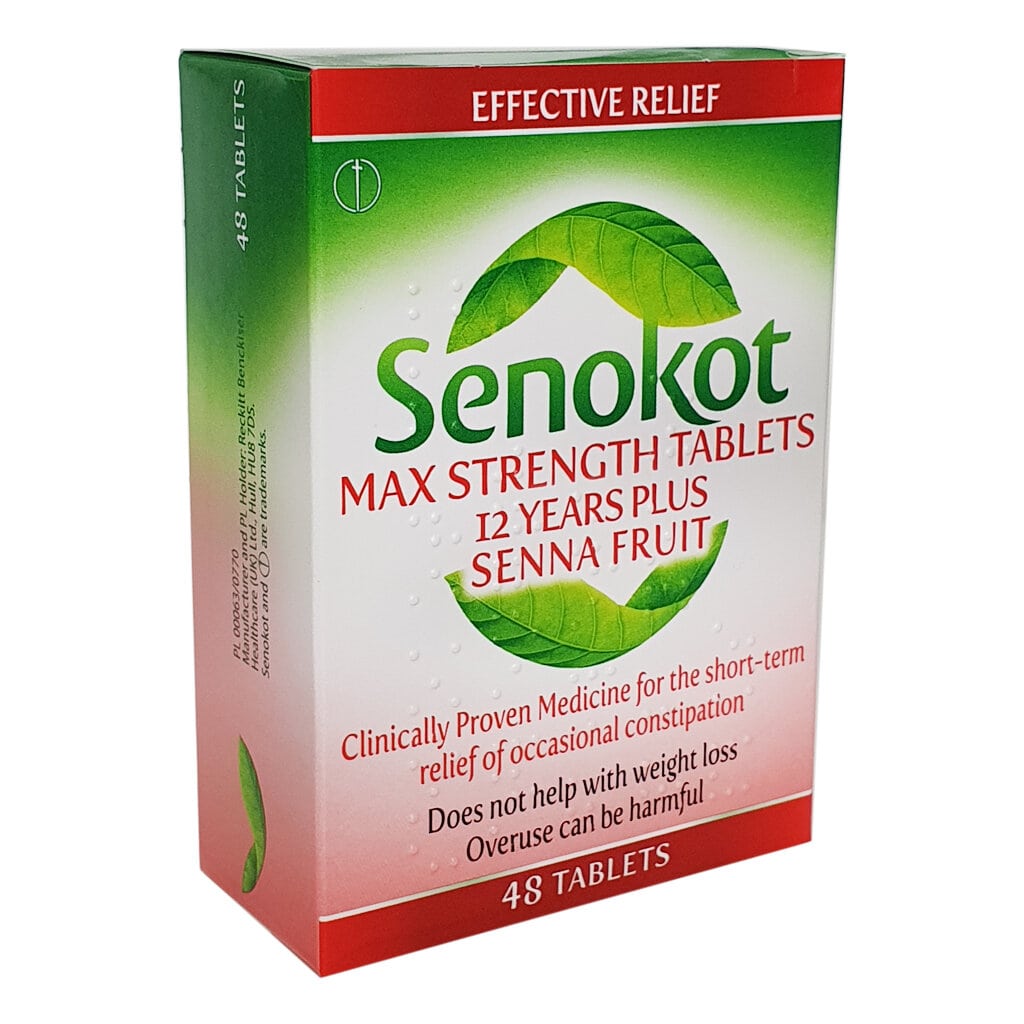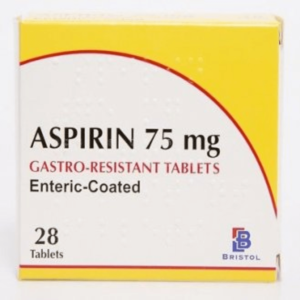Description
Senokot Maximum Strength 12 Years Plus Senna Tablets, 48 Tablets
Senokot Max Strength Constipation Relief 12 Years Plus Tablets is double the strength of Senokot tablets. They contain natural senna and provide predictable relief in 8-12 hours. It is are a herbal remedy, containing natural senna and fennel to treat constipation and bloating but double the strength of regular Senokot Constipation Relief Tablets.
Senokot Max Strength Tablets 12 years Plus is an effective laxative made with natural Senna Fruit (pods), standardised to contain a constant amount of active ingredients in each dose. For the short-term relief of occasional constipation. Laxatives do not affect the number of calories absorbed from food. This means they do not help with weight loss.
Senokot Max Strength helps provide effective gentle relief from constipation, designed to provide predictable relief in just 8 – 12 hours.
A maximum strength senna based tablet providing effective relief from occasional constipation. Containing Sennosides which work by making the bowel muscles contract more often, the increased movement helps move bowel content to the rectum which relieves constipation.
How does Senokot Max Strenght Work?
Senna Is A Type Of Medicine Called A Stimulant Laxative. It Works By Stimulating The Nerve Endings In The Walls Of The Large Bowel (Colon) And Rectum. This Makes The Muscles In The Bowel Wall Contract More Often And With Increased Force, Which Moves The Stools Through The Colon To The Rectum So That The Bowel Can Be Emptied.
Senokot Max Strenght is an effective laxative made with Senna Fruit, a natural plant extract which works by stimulating the muscles in the bowel. Senokot Max Strength tablets are twice the strength of Senokot tablets.
Senokot Max Strength Tablet Reviews
After using Senokot Max Strength, it’s helpful to let others know about your experience. Reviews of an item help other users know that medicines received have helped the condition it is claimed for, how well the treatment worked or any issues to be aware of. We invite our users to leave a review of both their treatment and of the service provided. Click on the reviews tab to see if there has been feedback on this item.
What is Constipation and how is it caused?
Constipation is common and it affects people of all ages. You can usually treat it at home with simple changes to your diet and lifestyle.
This page is about constipation in adults. There’s separate information on constipation in babies and children.
It’s likely to be constipation if:
- you have not had a poo at least 3 times during the last week
- the poo is often large and dry, hard or lumpy
- you are straining or in pain when you have a poo
You may also have a stomach ache and feel bloated or sick.
If you’re caring for someone with dementia, constipation may be easily missed. It’s important to be aware of any changes in their behaviour that might mean they are in pain or discomfort, although it’s not always easy.
Constipation in adults has many possible causes. Sometimes there’s no obvious reason.
The most common causes include:
- not eating enough fibre – such as fruit, vegetables and cereals
- not drinking enough fluids
- not moving enough and spending long periods sitting or lying in bed
- being less active and not exercising
- often ignoring the urge to go to the toilet
- changing your diet or daily routine
- a side effect of medicine
- stress, anxiety or depression
Constipation is also common during pregnancy and for 6 weeks after giving birth.
Rarely, constipation may be caused by a medical condition.
Making simple changes to your diet and lifestyle can help treat constipation.
It’s safe to try these simple measures when you’re pregnant.
You may notice a difference within a few days. Sometimes it takes a few weeks before your symptoms improve.
How to Reduce getting constipated?
MAKE CHANGES TO YOUR DIET
To make your poo softer and easier to pass:
- drink plenty of fluids and avoid alcohol
- increase the fibre in your diet
- add some wheat bran, oats or linseed to your diet
IMPROVING YOUR TOILET ROUTINE
Keep to a regular time and place and give yourself plenty of time to use the toilet.
Do not delay if you feel the urge to poo.
To make it easier to poo, try resting your feet on a low stool while going to the toilet. If possible, raise your knees above your hips.
CONSIDER INCREASING YOUR ACTIVITY
A daily walk or run can help you poo more regularly.
 +44 (0) 1375 846 316
+44 (0) 1375 846 316



Camelia Buciuman (verified owner) –